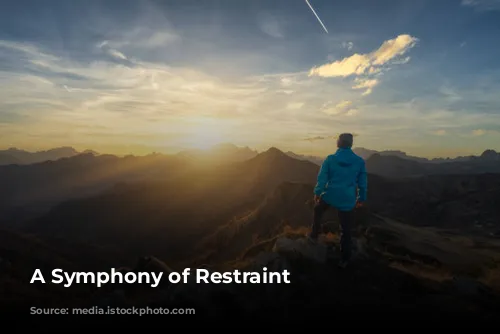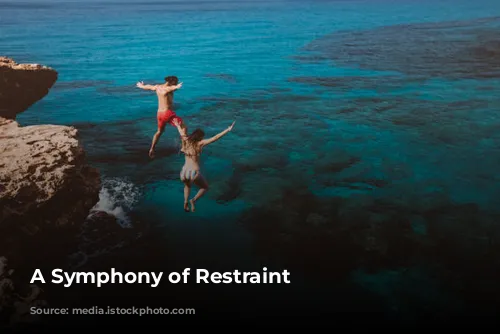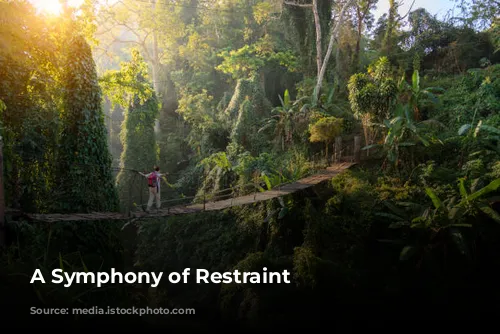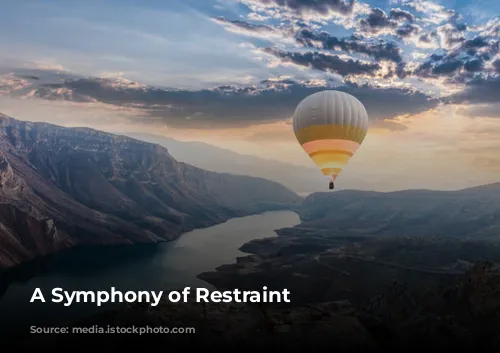The British Isles enjoy a climate that’s just right, not too hot, not too cold, thanks to prevailing westerly winds. This temperate zone rarely experiences extremes. But when I listened to Edward Gardner conducting the London Philharmonic Orchestra in Brahms’ Symphony No. 1 in C minor, I wondered if this meteorological tranquility was also influencing the musical mood.
Despite this, the performance was marked by exceptional playing, especially from the woodwind soloists. The slightly smaller string section and confident brass created a cohesive sound. The music flowed smoothly with clear contours, and despite its 46-minute duration, including the exposition repeat, the symphony never felt indulgent. It was as if Gardner was deliberately avoiding any outbursts, any outpouring of warmth, anything that might disrupt the comfortable temperature.
This restraint was evident in the steady, rather than ominous, timpani strikes at the beginning. It was also noticeable in the gentle, soft-edged playing during the third movement and the very soft pizzicatos that opened the finale, devoid of any dramatic edge. “Do you like Brahms?” Gardner seemed to be saying, “Well, let’s not get too carried away.”
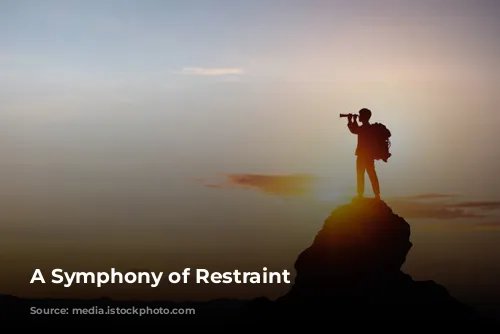
The Struggle and the Triumph
The outer movements of Brahms’ symphony require a sense of struggle. It took Brahms a very long time to complete this work, a gestation that felt never-ending. As Jane Austen wrote, “To wish was to hope, and to hope was to expect.” These expectations were eventually fulfilled. This is a monumental work, the longest of his symphonies.
Therefore, as the C minor shifts to a radiant C major at the end, there should be a tangible sense of overcoming adversity, of snatching victory from the jaws of defeat. Even though Gardner avoided the customary unmarked rallentando in the coda, which many conductors embellish, he kept the full emotional release firmly in check. Westerlies often sweep across the North German plains, including Brahms’ homeland, but this symphony was composed in Vienna. It doesn’t always have to be about rugged architecture, but a vibrant spirit is always present in the musical landscape.

A Calmer Hebrides
Mendelssohn’s *The Hebrides*, which opened the concert, is more of a tone poem than a traditional overture. Here too, there was no sense of the Scottish coastline being battered by dangerous seas. The waves rippled in, prominent trumpets seemed to be offering greetings rather than warnings, and the skies remained crystal-clear instead of overcast.
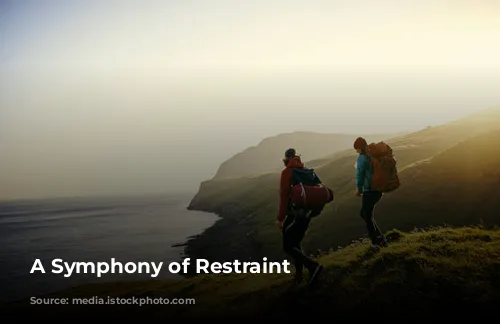
A Virtuoso with Restraint
Johan Dalene, looking even younger than his 23 years, exuded focus and intense concentration. He was composed, his head often bowed, his limbs gently swaying. His playing lacked any flashiness, never forced, always natural. He brought a unique approach to Sibelius’ Violin Concerto in D minor, employing subtle rhythmic variations in the cadenza-like sequences of the opening movement. These variations maintained momentum without disrupting the smooth flow of the music. He coaxed and teased his instrument, yet commanded a rich depth in its lower register. It was like stroking a large, fluffy cat and hearing its comforting purr.
In the finale, he adopted a brisk tempo, handling the tricky cross-rhythms and furious double- and triple-stopping with ease, while still finding those moments of playful whimsy that characterized his encore. Here, his virtuosity was delightfully combined with a sense of fun as he played the second half of Kreisler’s *Recitativo and Scherzo-Caprice*. Now this was a true Romantic!

